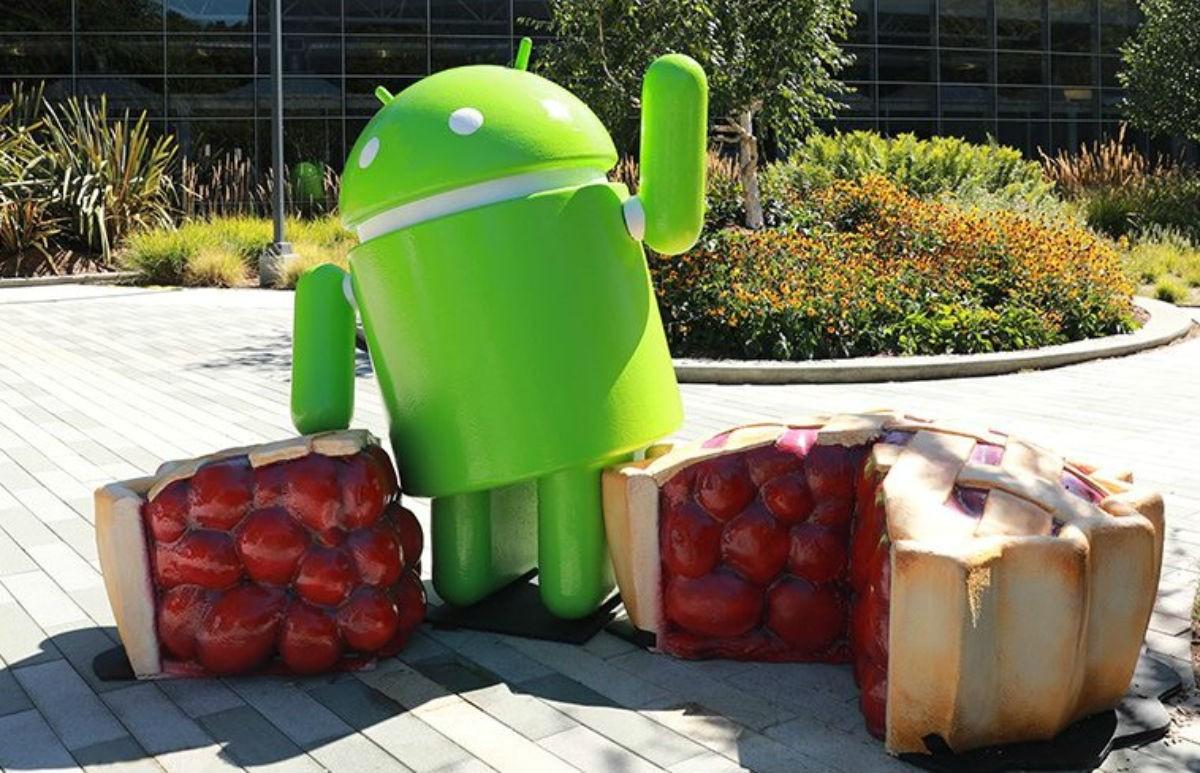
After months of beta releases, Android 9 has been officially released to the public today, and as highly predicted, the name is Pie. Android 9 Pie boasts a machine learning-powered system to save battery power, a new gesture-based navigation tool and features to track how much time you spend on your phone.
Pixel, Pixel XL, Pixel 2 and Pixel 2 XL owners will start to receive the Pie update starting today, including anyone who’s currently on the Android Beta Program. For those who are extremely impatient, Google has posted factory images and OTA files to flash to your Pixel manually.
Android 9 aims to make your phone even smarter by learning from you and adapting to your usage patterns. That’s why Android 9 comes with features like Adaptive Battery, which learns the apps you use most and prioritizes battery for them, and Adaptive Brightness, which learns how you like to set the brightness in different settings, and does it for you.
Android 9 also helps you get things done faster with App Actions, which predicts what you’ll want to do next based on your context and displays that action right on your phone. Say it’s Tuesday morning and you’re preparing for your commute: you’ll be suggested actions like navigating to work on Google Maps or resuming an audiobook with Google Play Books. And when you put in headphones after work, you may see options to call your mom or start your favorite Spotify playlist.
Just like iOS on the iPhone X, Google is making Android easier to navigate without the traditional navigation buttons at the bottom of the screen. Android Pie is the first time Google’s heavily relying on gestures for navigating the UI, and in their current form, they work as follows:
- Tap the Home button/pill to go home
- Swipe up to access the recent apps page
- Swipe up twice or do a long swipe for the app drawer
- The Back button only appears in certain apps/menus when it’s needed
With a single, clean home button, you can swipe up to see a newly designed Overview, the spot where at a glance you have full-screen previews of your recently used apps.
Swipe up from anywhere to see full-screen previews of recently used apps and simply tap to jump back into one of them. If you find yourself constantly switching between apps, Smart Text Selection (which recognizes the meaning of the text you’re selecting and suggests relevant actions) now works on the Overview of your recent apps, making it easier to perform the action you want.
You can enable this new system navigation in Settings once you’ve received your update to Android 9.
Android P also brings a redesigned Quick Settings, a better way to take and edit screenshots (say goodbye to the vulcan grip that was required before), simplified volume controls, an easier way to manage notifications and more. You’ll notice small changes like these across the platform, to help make the things you do all the time easier than ever.
Like most new operating systems, the next version of Android P will give your phone a helping hand in the battery department. As Google puts it, Android Pie will use machine learning (artificial intelligence) to decide which of your apps you’re using most often and tailor the battery performance accordingly.
If you need to seriously save some juice, you can fire up the Battery Saver mode that disables always-on displays and certain apps that suck away power in the background. A new feature called Adaptive Brightness learns how you set the brightness differently in various apps and the recreates it automatically.
In addition to continuously hardening the platform, and an improved security model for biometrics, Android 9 enables industry-leading hardware security capabilities to allow protecting sensitive data like credit card information using a secure, dedicated chip.
Android 9 also brings important privacy improvements, such as TLS by default and DNS over TLS to help protect all web communications and keep them private.



